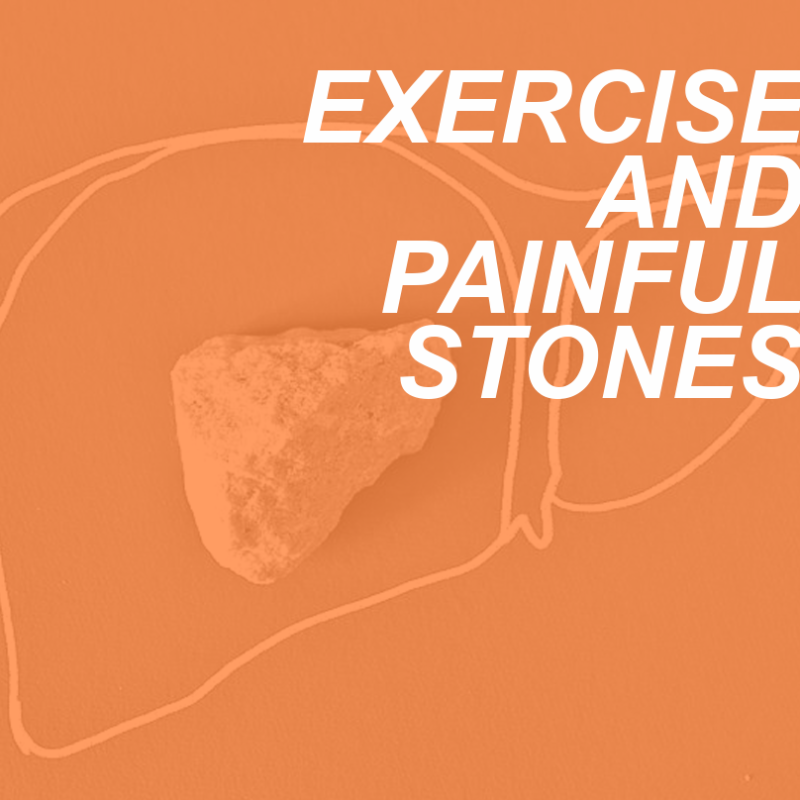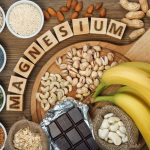
Regular exercise helps to maintain the proper functioning of every organ in the human body, largely by keeping obesity, cholesterol, and blood pressure in check. Since these rank among the top major risk factors for kidney and gall stone development, experts now recognize how exercising can go a long way towards thwarting the development of this painful situation. Here’s what personal trainers should know.
Tracking the Evolution of Kidney Problems
Kidney stones and accompanying complications seem to appear lately with increasing frequency, especially among women. Each year in the United States alone, more than 300,000 individuals end up in emergency rooms or hospital beds for kidney stone problems. Larger stones especially can get stuck in the urinary tract, interrupting urine flow and causing bleeding and/or acute pain.
During the past 15 years, research has highlighted how kidney stones might reflect a broader physiological problem, involving other systems than just the kidneys. Scientists can now link the development of stones to obesity, diabetes, and metabolic syndrome. Excess calorie intake, too, shows a strong association with kidney stone prevalence. Women consuming in excess of 2,200 calories a day could increase their risk for kidney stones by as much as 42%.
Exercise, Circulation, and Filtration
Regular moderate exercise increases blood flow to the kidneys, which in turn improves their filtering abilities, especially the elimination of urea. In addition, consistent workouts help in maintaining the levels of salt, calcium, and minerals in the body. Excess calcium in particular gets diverted to the bones, thereby preventing it from combining with the oxalate to form calcium oxalate, the major constituent of kidney stones. Mild exercises like jogging and skipping can reduce the chances of such minerals sticking to the stone while potentially keeping the size of the stone in check.
Researchers at the University of Washington School of Medicine looked at data on more than 85,000 postmenopausal women. They found that engaging in any type of light physical activity can reduce the risk of kidney stones by 31%. Even light gardening or housework might attenuate the development of the problem, according to data published in the Journal of the American Society of Nephrology. Interestingly, no particular mode of exercise provides an advantage in preventing kidney stone formation; the amount of movement, not the intensity, makes the difference.
Gallbladder Complications Pose Similar Problems
The most common type of gallbladder problems stem from cholesterol gallstones. According to the Mayo Clinic, an excess of cholesterol in the bile of the gallbladder typically renders these stones yellow in color. Although no specific actions can guarantee the prevention of such stones, evidence shows that exercise confers a somewhat protective effect, significantly reducing one’s risk of all manner of gallbladder complications.
Diya Alaedeen, MD, a general surgeon at Cleveland Clinic in Ohio, says “all types of exercise that aim at healthy weight loss are preventative for all kinds of diseases, not only gallbladder diseases but GI diseases in general and cardiovascular diseases in particular.”
In a research study from 2013, the results of which appeared in the journal Hepatology, a high body mass index (BMI) appeared linked with an increased risk of gallstones, particularly among women. Scientists reasoned that abdominal fat mass may cause decreased movement of the gallbladder, leading to a gallstone-forming condition known as bile stasis, or inefficient flow of bile acids.
Exercise, Hydration, and Kidney Problems
One study attempted to establish a relationship between a lack of adequate fluid in the body and the crystallization of stone-forming particles in the kidneys. They compared subjects who exercised moderately with those who remained sedentary.
Moderate physical exercise significantly decreased the pH of the active subjects’ urine; however, the concentration of substances that lead to kidney stones significantly increased with exercise, largely due to a decrease in the volume of urine produced. The results suggest that moderate physical exercise, without increased fluid intake to compensate for excessive sweating, may cause the crystallization of uric acid and calcium oxalate, two key culprits in kidney stone development.
Fluid Balance for Runners
Runners in particular often encounter this problem. If running half-marathons, for example, causes enough dehydration to consistently place a client at risk for kidney stones, perhaps such long distances might exceed the runner’s safety zone and tip him into unhealthy territory. Daily training, not the race itself, leads to overall improvements in one’s health and endurance.
The other solution, consuming additional fluids while distance running, may help to thwart stone development. However, this potentially leads to overhydration and the ensuing dangers of plunging sodium levels. Electrolyte-infused sports drinks may help combat this problem, and each runner must strike the appropriate fluid balance to meet his body’s unique needs.
Points to Ponder
Whether trying to prevent kidney/gallstones through exercise, or attempting to work out while living with stones, four basic principles lay the groundwork for maintaining optimal health:
- Listen to your body. Unless told otherwise by a physician, a kidney stone need not stop an individual from engaging in his normal routine of activity. Trainers may want to stress to clients the importance of paying attention to body signals, ceasing activity upon experiencing an unusual pain in the abdomen or lower back. Sometimes just a light walk or gentle yoga session will suffice.
- Drink an adequate volume of fluid. Focus on remaining hydrated before, during, and after a workout. In addition to plain water, cranberry juice and lemonade may facilitate the breakdown of some kidney stones.
- Make note of medications. If prescribed any medications while under the care of a urologist or any other physician, inquiring about potential side effects before exercising can help to minimize risk.
- Exercise might actually promote stone passing. Often, gentle exercise proves helpful in moving stones along naturally. Clients should always consult the urologist prior to working out with a new kidney stone to ensure the safety of the process.
References:
https://www.adventhealth.com/hospital/adventhealth-orlando/blog/gallstones-vs-kidney-stones-how-similar-are-they
https://pubmed.ncbi.nlm.nih.gov/3667890/
pristyncare.com/blog/exercise-for-kidney-stones-pc0441/
https://www.everydayhealth.com/gallbladder/exercise-can-prevent-gallbladder-problems.aspx
https://www.runnersworld.com/health-injuries/a20821231/kidney-stones-and-running/
https://aasldpubs.onlinelibrary.wiley.com/doi/full/10.1002/hep.26563
https://www.webmd.com/kidney-stones/news/20131213/light-exercise-might-reduce-risk-of-kidney-stones







